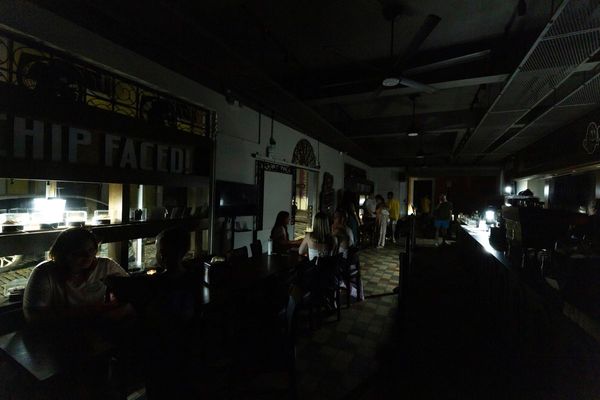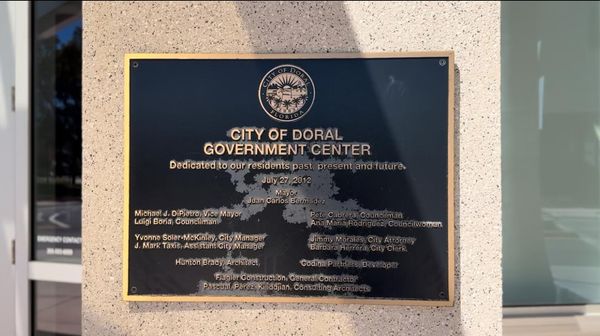
We all know the Econ 101 lyrics: the economy strengthens, labor markets tighten, wages rise. But we often miss the music: Solidarity Forever. Wages do not raise themselves. It’s when workers won’t take it anymore that employers feel the need to boost wages, when capital is willing to take less, and when prosperity is shared.
In 2018, workers are rising up, and the protests are having an effect. Teachers in Arizona (see over 50,000 people protested teacher pay and low education spending in Phoenix in April), Oklahoma, and West Virginia all got raises through protest. (It’s no surprise that these states have had healthy economic growth.)
Don’t forget another protest: there were “Occupy” movements in 70 cities and in as many nations. The grievance was plain, the remedies diffuse, the aggrieved self-identified. “We are the 99%” buttons and placards drove people to the internet. How much annual income did you need to be in the 1% in 2009? I did the work for you. In 2009, the answer was $983,734. In 2015, the answer was $1,483,596 according to the IRS.
Income inequality will not fall without sustained growth and protest. Our research shows that without real wage growth, it will be hard to save for retirement. The economy at the time of the Occupy movement was not hot. In 2011, we had just been through the worst economic recession since the 1930s, and the recovery was anemic. Many families were devastated. But government policy focused on strengthening banks and bank executive bonuses, and profits snapped back quickly. The 2010 bonuses in the financial sector – a total of $144 billion – could have lifted almost all full-time minimum wage workers out of poverty that year.
Another stanza from Econ 101 is that economic growth helps everyone. This is the well-known mantra that rising tides – or hot economies – lift all boats. This means that economic growth shrinks income, economic, and opportunity gaps between classes.
Even with the hot economy we’ve had since 2016, there is no evidence that the bottom is coming up or the top is falling. In 2018, signs are that the distance has only grown wider between the middle class, or the 40% of Americans with annual incomes between $12,943 and $34,504, and the top 5% who earn more than $375,088.
In the mid-90s, the middle 40% had 30% of all annual income, and the top 5% had 15%. In 2016, the share going to the middle class fell and the share going to the top 5% increased.
The growing gap between the middle class and the very wealthy is caused by stagnant wages and rising profits. Since income for the middle class comes from work (earnings) and income for the top 5% from owning (stocks, bonds, businesses), workers did worse than owners in the last 20 years.

Government rules and corporate power have made unions weaker, while laws have made owning more rewarding. Trump’s 2017 GOP tax reform law (almost all Republicans voted for it and 3 out of 240 Democrats voted for it) rested on the belief that raising corporate after-tax profits would give corporations wiggle room to raise wages and keep profits steady. Forgone government revenue – under this belief system – would be shifted to workers. Instead, the tax breaks allowed managers to buy stocks back from investors, causing stocks to go higher and wages to languish.
In the economics textbooks, hot economies and tight labor markets cause wages to rise. Nothing in this hot economy signals that the middle 40% will benefit from this boom. Are we inviting another Occupy? Time to change the textbooks or time to change the rules?
Thanks To Martha Susana Jaimes for research assistance for this post.







